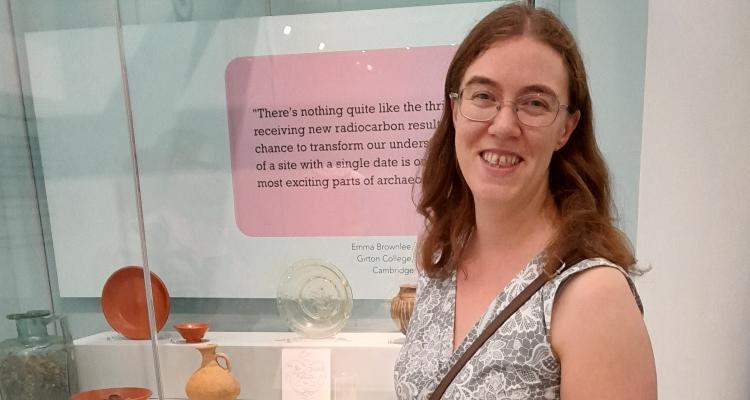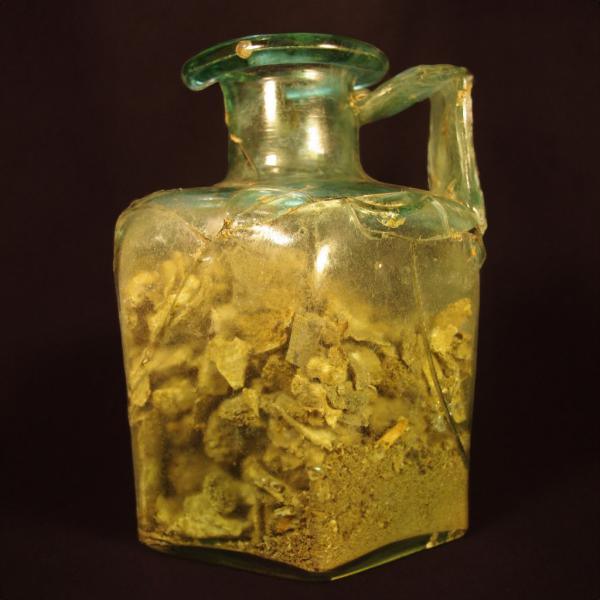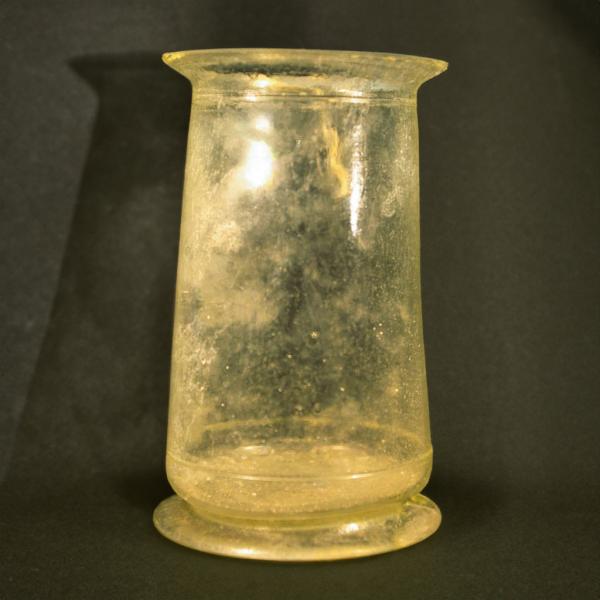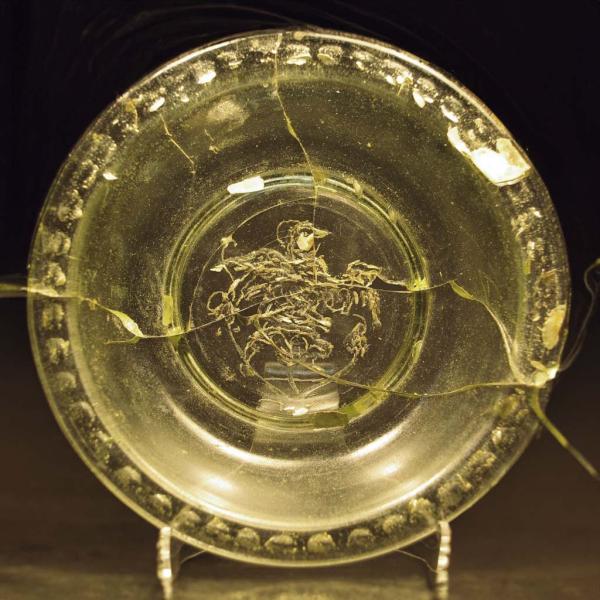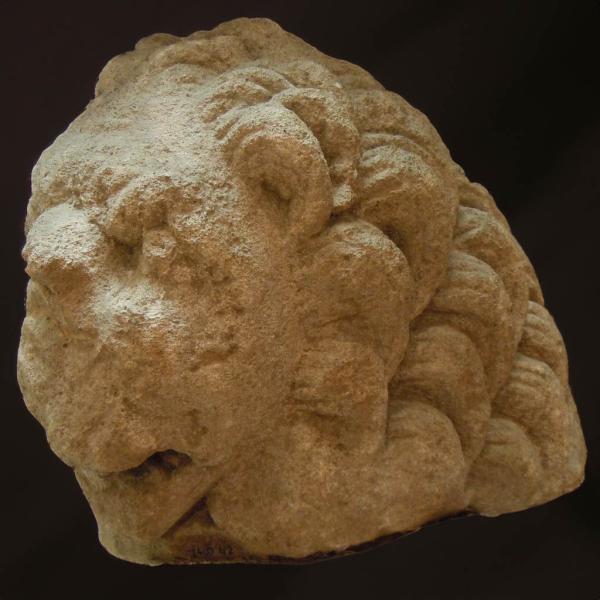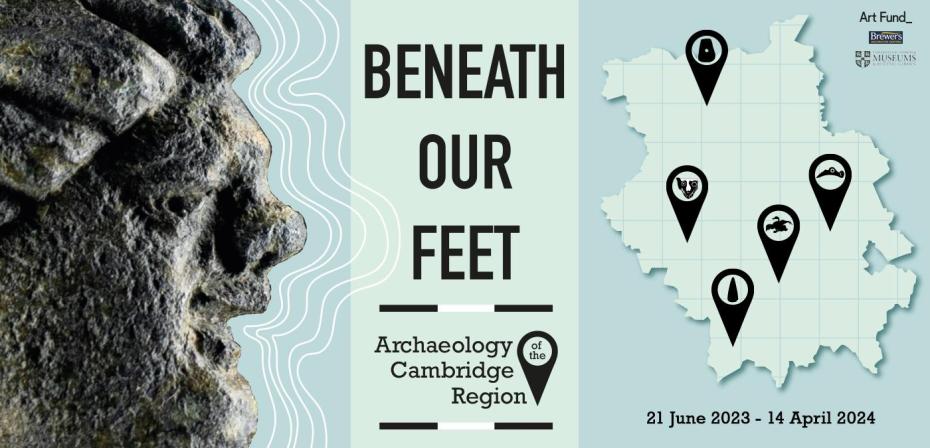An exciting new exhibition at the Museum of Archaeology and Anthropology in Cambridge will feature objects from Girton College, and fascinating research by Ottilie Hancock Research Fellow in Archaeology, Dr Emma Brownlee.
‘Beneath our Feet: Archaeology of the Cambridge Region’ focuses on specific finds from across Cambridgeshire and the methods archaeologists use to study them.
The exhibition will feature objects from the Lawrence Room collection, Girton’s very own museum, including a lavish Roman cremation accompanied by pottery and glass vessels, and a carved stone lion head. These objects were excavated in the grounds of Girton in the 1880s from a cemetery containing both Roman and early medieval graves.

